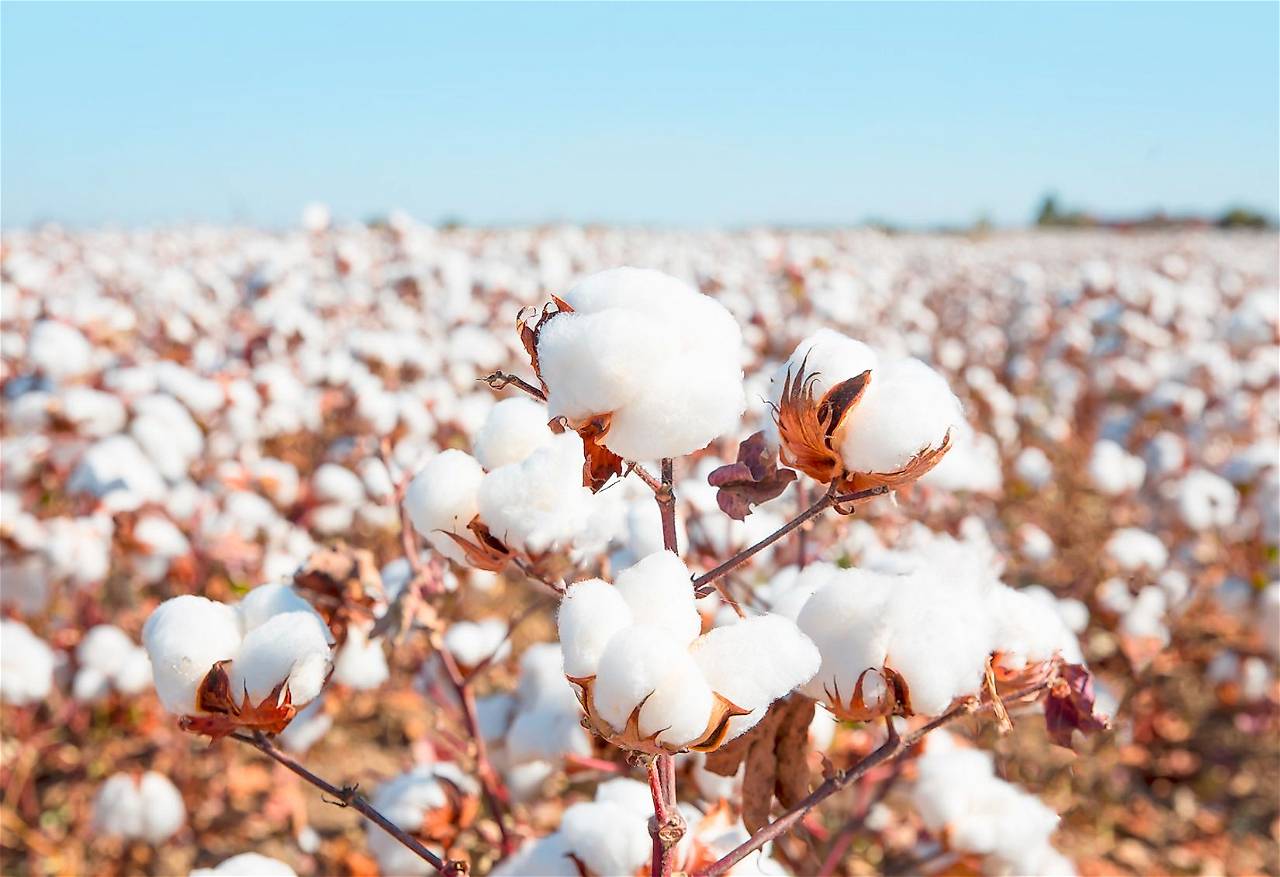
Cash crops or commercial crops are the ones that are cultivated to be sold in the market to earn profits from their sale. Most of the crops grown today worldwide are cash crops cultivated for selling in the national and international markets. Read this article to identify the most extensively grown cash crops of India and which crops to grow to optimize.
Cash crops of India
Here is a list of important cash crops of India
Sugarcane:
It is one of the most important cash crops of India. It is also major source of sugar in India. India is the world’s largest consumer and second largest producer of sugar. A total of 4 Lakh acres of land is under sugarcane cultivation in India and over 2.8 lakh farmers in India are engaged in its cultivation with over 11 crore people directly or indirectly dependent on the sugar industry in the country. India’s cane sugar market is expected to reach compound Annual Growth Rate of 4.3% during the forecast period of (2020-2015).Major sugarcane producing states in India are Punjab, Uttar Pradesh, Maharashtra, Andhra Pradesh, Bihar, Gujarat, Haryana, Karnataka and Tamil Nadu.
Cotton:
Cotton is the most important fibre crop of India and plays an important role in industrial and agricultural economy of the country. Cotton provides livelihood to 6 million farmers and about 40-50 million people are employed in cotton trade and its processing.
Major cotton growing states include Punjab, Haryana, Madhya Pradesh, Maharashtra, Gujarat, Andhra Pradesh, Telangana, Karnataka and Tamil Nadu.
Jute:
Also known as the golden fibre, Jute is one of the most important fibre crops of India. Major Jute producing states include West Bengal, Bihar, Assam, Orissa and Meghalaya. Jute industry is almost 150 years old in India. There are about 70 jute mills in the country, of which about 60 are in West Bengal along both the banks of river Hooghly.
Groundnut:
Popularly known as peanut, it is one of the world’s leading food crops of India. Groundnut oil is primarily used as cooking oil. Kernels are used directly as food or snacks for human consumption. The cultivation of groundnut occupies an area of 85mha with productivity of 8.26 m tons. The main Groundnut producing states are Tamil Nadu, Andhra Pradesh, Maharashtra, Karnataka and Rajasthan.
Rice:
It is the staple food crop of majority of Indian people. India is the second largest producer of rice in the world. It is mostly cultivated in the states of Assam, West Bengal and Odisha. India approximately 44 million hectares of land under rice cultivation.
Wheat:
Wheat is India’s staple crop. In India, wheat is grown mainly in the northern states, with Uttar Pradesh being the largest producer. Other wheat producing states are Punjab, Madhya Pradesh. A total of 8 million hectare of India’s area is under wheat cultivation.
Millets:
Around 14 million hectares of land is under millet cultivation in India. Millets are used as flour, cookies, flakes etc. are more than ever increasingly visible in consumer market. The high protein content of these grains makes them ideal for vegetarian and vegan population.
Maize:
Maize is one of most versatile emerging crop. The maize is produced in Karnataka, Andhra Pradesh, Bihar, Maharashtra, Himachal Pradesh and Rajasthan. It is used as a raw material for alcoholic beverages, cosmetics, gum, paper and packaging industry etc.
Pulses:
India is the largest producer as well as consumer of pulses in the world. Pulses are major source of protein in a vegetarian’s diet. Being leguminous crops, pulses also help in fixing nitrogen from the air. Maharashtra, Uttar Pradesh, Rajasthan and Andhra Pradesh are among the top producer of pulses in India.
Tea:
Tea is an evergreen plant that mainly grows in tropical and subtropical climates. India is the 2nd largest producer and the largest consumer of the world. Major Tea cultivating states include Assam, Darjeeling, Meghalaya, Kerala, Himachal Pradesh, Tamil Nadu and Karnataka.
















